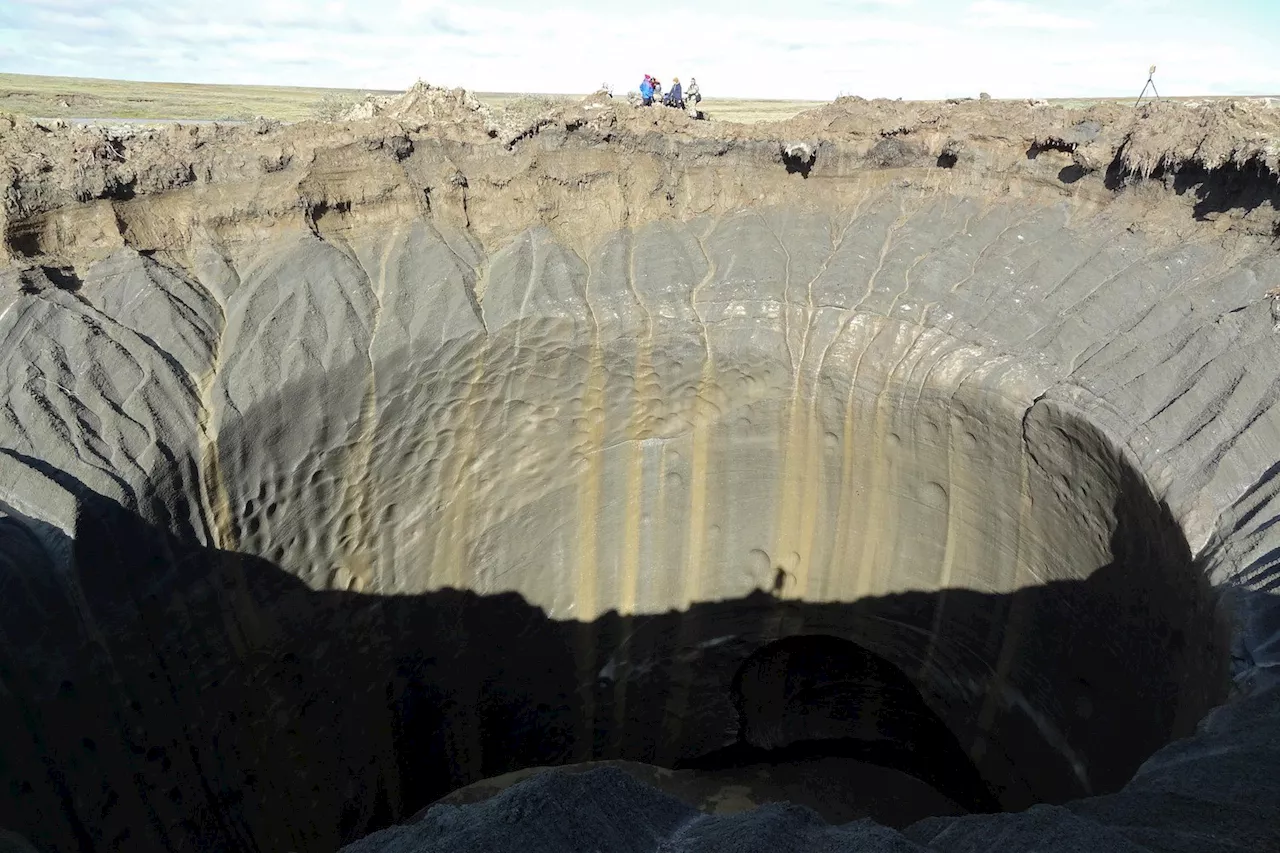Underground methane blasts are behind Siberia’s puzzling exploding craters, according to new research.
If you need one more reason to worry about warming global temperatures, you can add the ground spontaneously blowing up to the list.Those must have been some blasts, as these are not mere potholes. Some of the craters measure as deep as 165 feet . High levels of methane were detected in the regions of the craters, leading scientists to believe the combustible gas—large amounts of which are trapped beneath the Siberian permafrost—was being released as the area’s average temperature rose.
As Morgado and her colleagues began examining the composition of the ground in and around the craters, they realized the explosion wasn’t the result of chemical reactions, and must have had a physical source. During the last ice age, sea waters regressed as glaciers formed. The salt left behind resulted in cryopegs, a geologic layer that doesn’t freeze due to the high levels of salt left behind. In the Yamal Peninsula, the cryopegs are about 3 feet thick, and can be as deep as 165 feet underground. Even deeper underground, below the cryopegs, lies another layer filled with crystalized methane.
For thousands of years, the balance between these layers was maintained, but warmer temperatures have disrupted the cycle. Since the 1980s, water in the topsoil has become more melty, leading it to trickle deeper and deeper into the layers below. Eventually, it began to reach the cryopegs.
United States Latest News, United States Headlines
Similar News:You can also read news stories similar to this one that we have collected from other news sources.
 Researchers Finally Unravel The Mystery Of The Pseudogap StateFor many years, quantum physicists have been trying to understand the pseudogap state of materials. Now, a team of researchers has unraveled the various mysteries surrounding the pseudogap using a special algorithm.
Researchers Finally Unravel The Mystery Of The Pseudogap StateFor many years, quantum physicists have been trying to understand the pseudogap state of materials. Now, a team of researchers has unraveled the various mysteries surrounding the pseudogap using a special algorithm.
Read more »
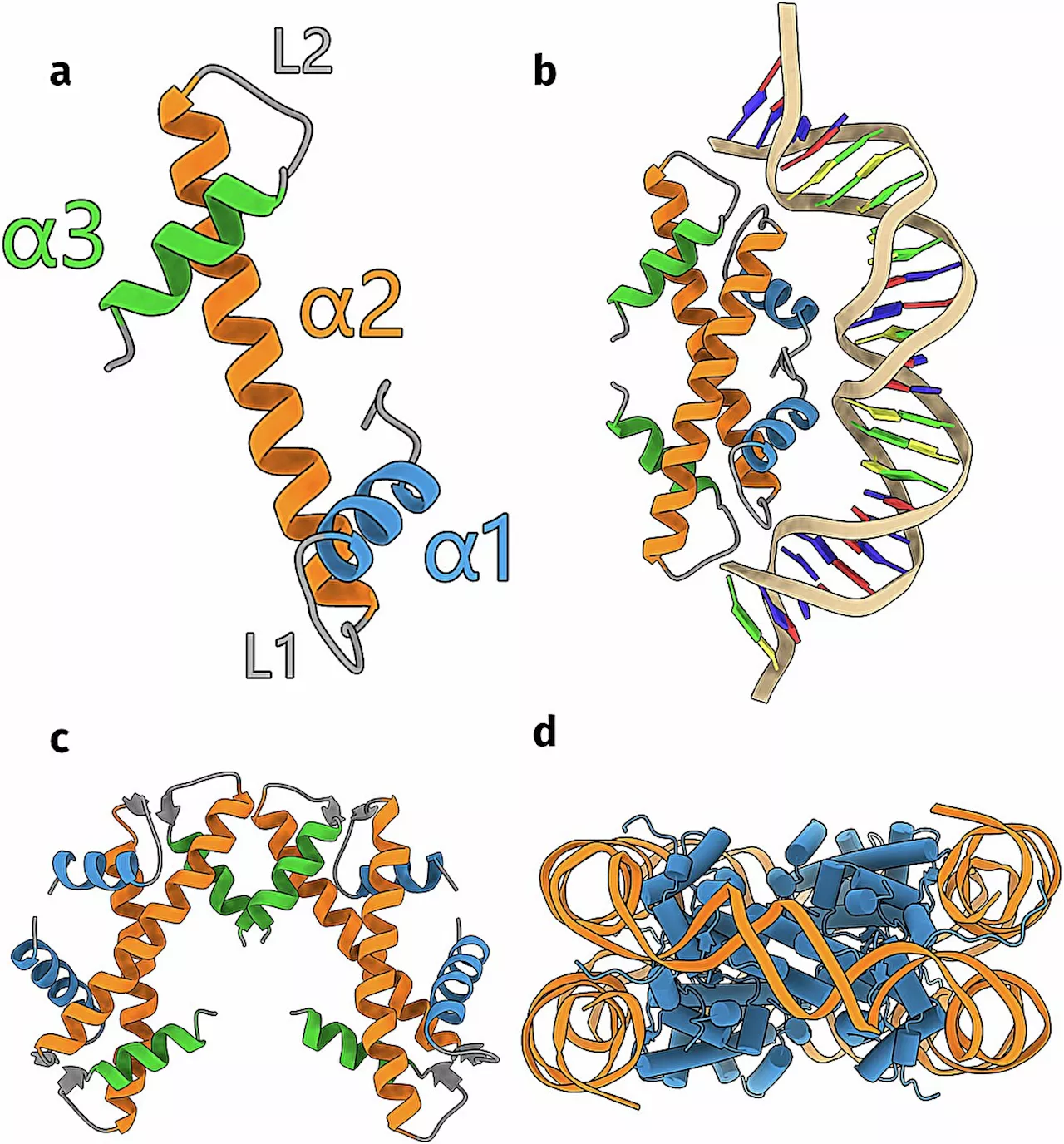 Chemists discover new ways in which single-celled organisms organize their DNAIt has only recently been discovered that single-celled organisms (bacteria and archaea) also have histones—proteins that structure DNA. Now, Leiden Ph.D. candidate Samuel Schwab has found that the histones in these organisms are much more diverse than previously thought.
Chemists discover new ways in which single-celled organisms organize their DNAIt has only recently been discovered that single-celled organisms (bacteria and archaea) also have histones—proteins that structure DNA. Now, Leiden Ph.D. candidate Samuel Schwab has found that the histones in these organisms are much more diverse than previously thought.
Read more »
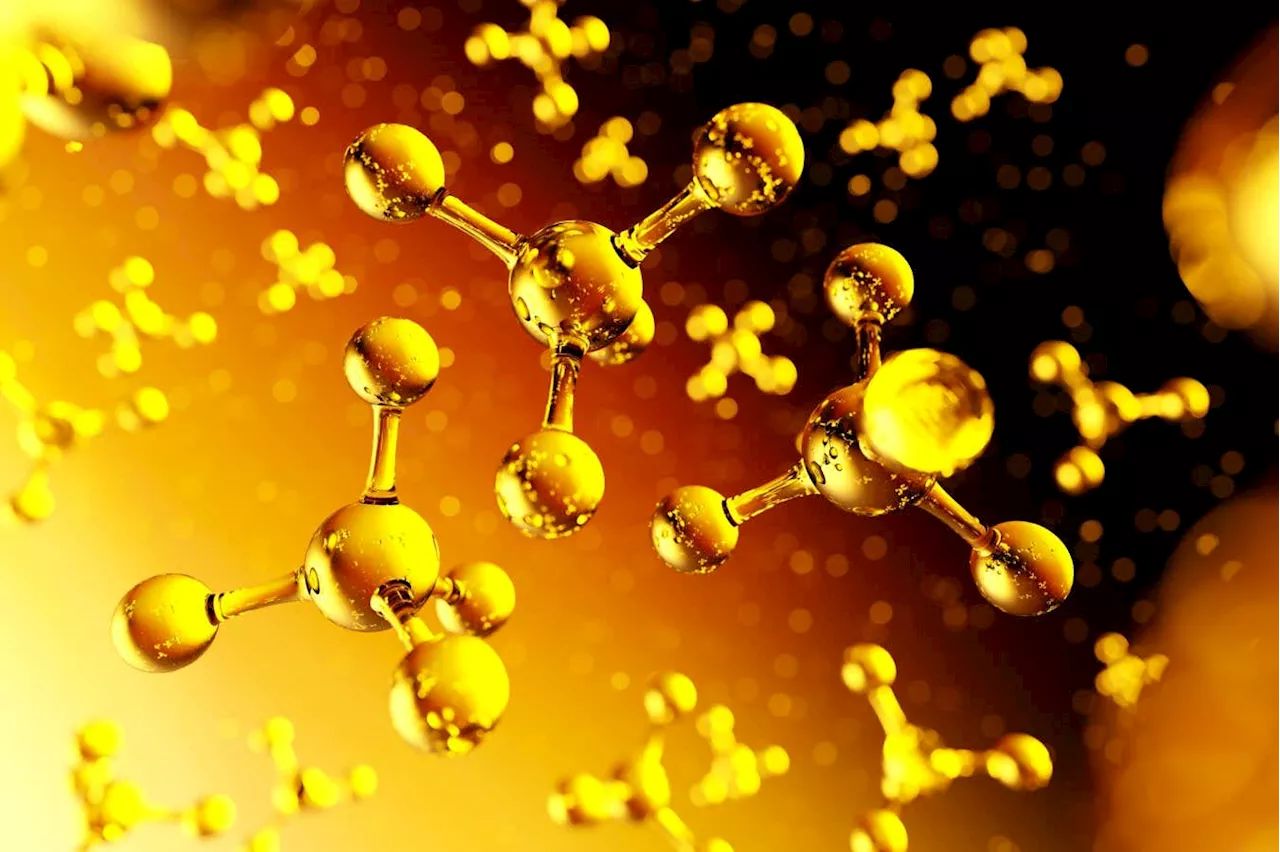 Chemists discovered the first new chemical bond in more than a decadeThough it was first predicted in the 1930s, chemists have just now managed to create a covalent bond that only uses one electron
Chemists discovered the first new chemical bond in more than a decadeThough it was first predicted in the 1930s, chemists have just now managed to create a covalent bond that only uses one electron
Read more »
 Nanotechnology: DNA origami with cargo functionChemists present two studies that open up new possibilities for biotechnological applications.
Nanotechnology: DNA origami with cargo functionChemists present two studies that open up new possibilities for biotechnological applications.
Read more »
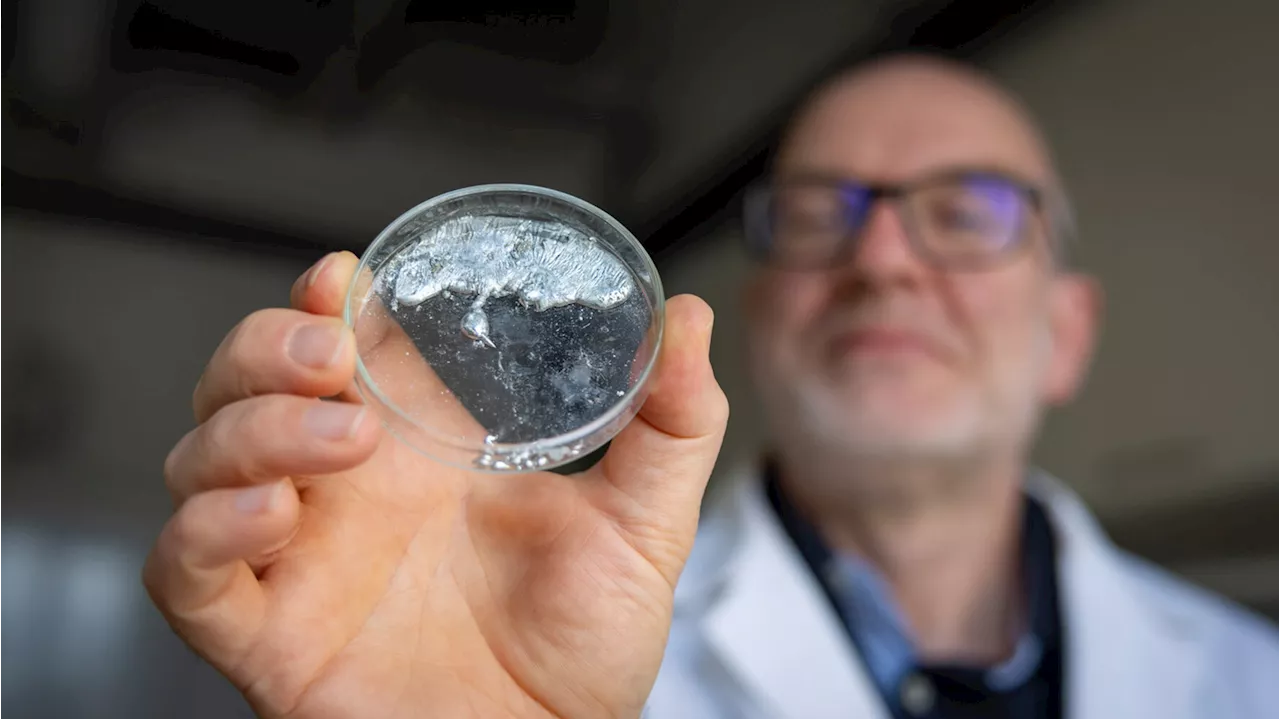 'Tamed' molecules for more sustainable catalysts: Chemists succeed in synthesizing a spectacular gallium compoundCatalysts play an important role in the manufacture of many products that we encounter in everyday life—for example in cars for exhaust gas purification or in the chemical industry in the production of fertilizers. Catalysts ensure that these reactions take place with low energy consumption and with as few side reactions as possible.
'Tamed' molecules for more sustainable catalysts: Chemists succeed in synthesizing a spectacular gallium compoundCatalysts play an important role in the manufacture of many products that we encounter in everyday life—for example in cars for exhaust gas purification or in the chemical industry in the production of fertilizers. Catalysts ensure that these reactions take place with low energy consumption and with as few side reactions as possible.
Read more »
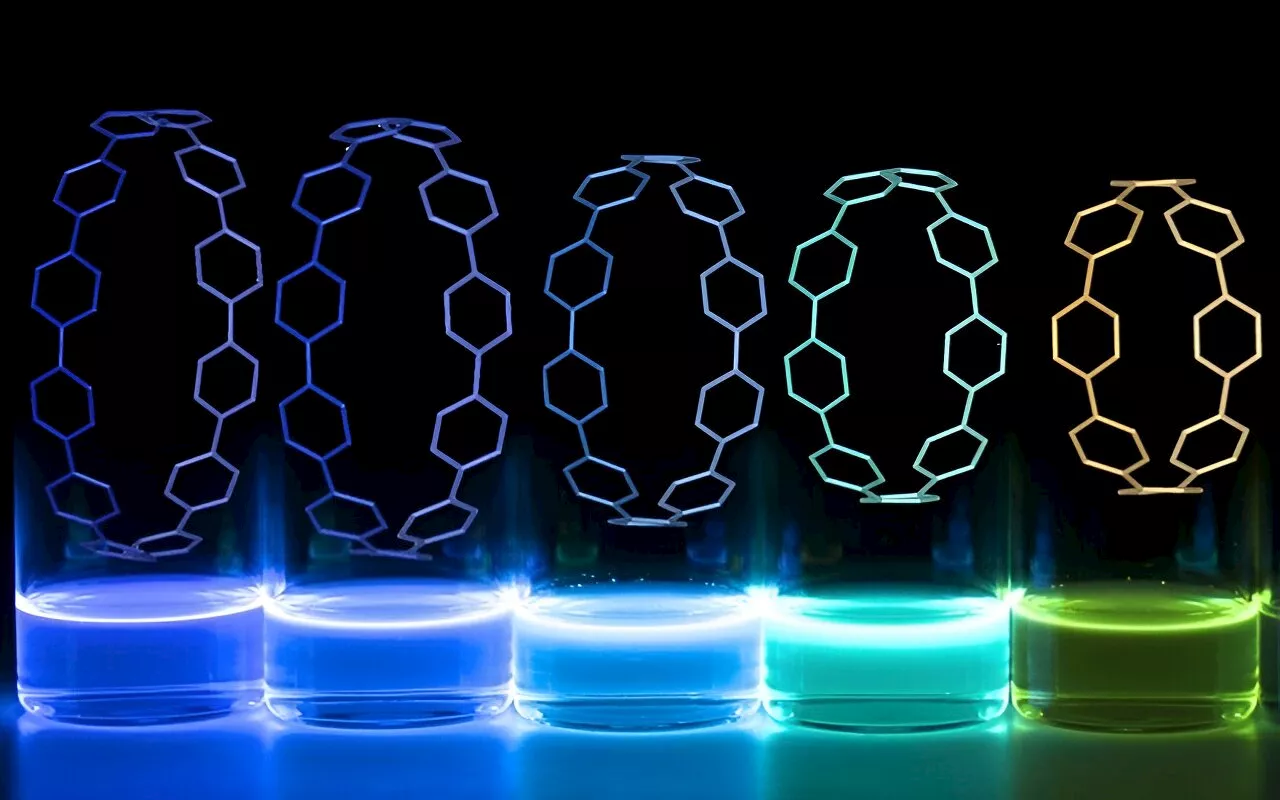 Bioengineers and chemists design fluorescent 3D-printed structures with potential medical applicationsIn a process as simple as stirring eggs and flour into pancakes, University of Oregon researchers have mixed fluorescent ring-shaped molecules into a novel 3D printing process. The result: intricate glowing structures that support the development of new kinds of biomedical implants.
Bioengineers and chemists design fluorescent 3D-printed structures with potential medical applicationsIn a process as simple as stirring eggs and flour into pancakes, University of Oregon researchers have mixed fluorescent ring-shaped molecules into a novel 3D printing process. The result: intricate glowing structures that support the development of new kinds of biomedical implants.
Read more »
